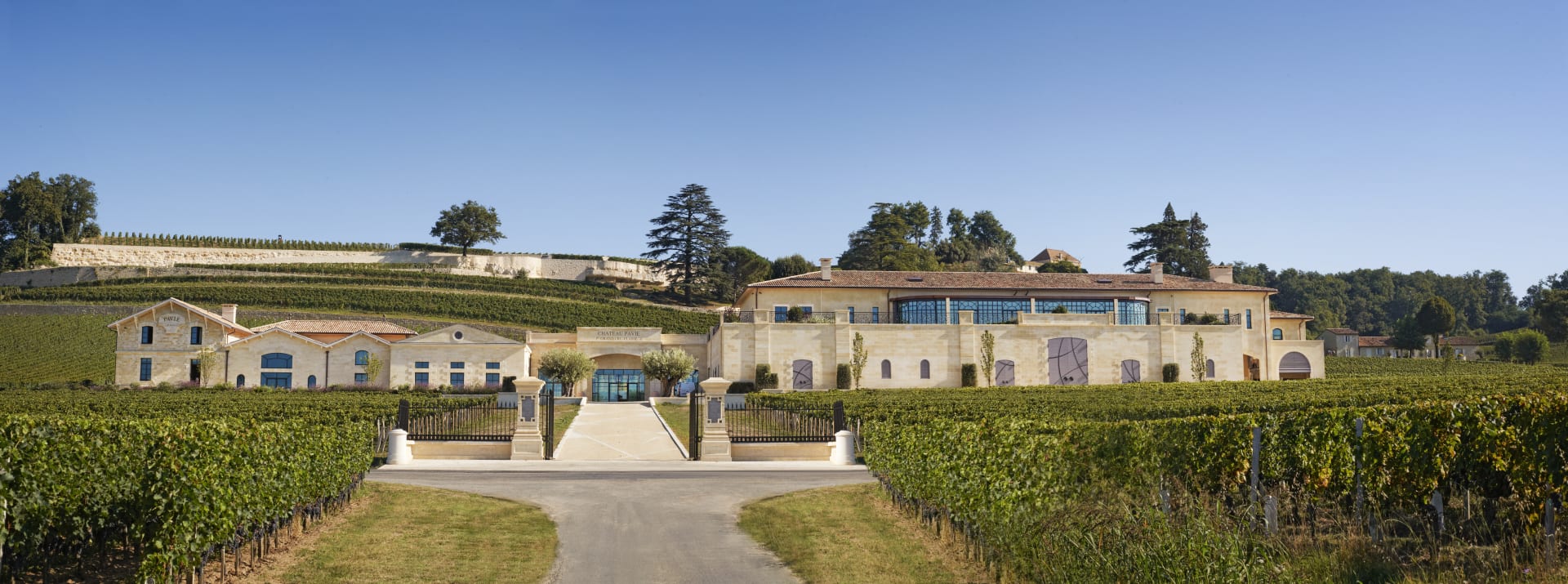Chateau Pavie Les Aromes de Pavie 2000

Product Details
Your Rating
Somm Note
Winemaker Notes
Other Vintages
2005-
Robert
Parker







Established on the splendid “Côte Pavie”, the vineyard of Château Pavie was planted by the roman in the 4th century who first saw the incredible potential of this terroir. The history of the property goes back to 1850 when the Pimpinelle estate was owned by Mr Fayard and Mr Chapus who, thanks to their work, managed to obtain a gold medal at the Paris World Fair.
Less than ten years later, it was bequeathed to Ferdinand Bouffard, a Bordeaux merchant who, in twenty years, managed to build up a 50-hectare estate by buying up several properties. Just after the war, it was bought by Albert Porte when Ferdinand Bouffard passed away. By unifying the properties of Mr. Bouffard, he created Château Pavie (The name comes from a particularly sweet and juicy peach variety that was growing on the slope).
Alexandre Valette took over in 1943 and succeeded in raising it to the rank of Premier Grand Cru Classé B in 1955. His grandson, who had taken over in 1957, sold it to Gérard Perse in 1998 who is still the owner today. Thanks to major investments in both the vineyard and the cellar and to additional work towards maturity and precision, the latter managed to raise his estate to the rank of Premier Grand Cru Classé “A” during the revision of the classification of Saint-Emilion wines in 2012.
The magnificence of Château Pavie comes from its exceptional terroir (37 hectares planted in one block) made of limestone, clay and sand-clay, with over 80 meters of altitude variation offering a multitude of micro-terroir, with mostly south exposure, where the typical grape varieties of the right bank (Merlot, Cabernet Franc and Cabernet Sauvignon) achieve perfect maturity.

One of the world’s most classic and popular styles of red wine, Bordeaux-inspired blends have spread from their homeland in France to nearly every corner of the New World. Typically based on either Cabernet Sauvignon or Merlot and supported by Cabernet Franc, Malbec and Petit Verdot, the best of these are densely hued, fragrant, full of fruit and boast a structure that begs for cellar time. Somm Secret—Blends from Bordeaux are generally earthier compared to those from the New World, which tend to be fruit-dominant.

Marked by its historic fortified village—perhaps the prettiest in all of Bordeaux, the St-Émilion appellation, along with its neighboring village of Pomerol, are leaders in quality on the Right Bank of Bordeaux. These Merlot-dominant red wines (complemented by various amounts of Cabernet Franc and/or Cabernet Sauvignon) remain some of the most admired and collected wines of the world.
St-Émilion has the longest history in wine production in Bordeaux—longer than the Left Bank—dating back to an 8th century monk named Saint Émilion who became a hermit in one of the many limestone caves scattered throughout the area.
Today St-Émilion is made up of hundreds of independent farmers dedicated to the same thing: growing Merlot and Cabernet Franc (and tiny amounts of Cabernet Sauvignon). While always roughly the same blend, the wines of St-Émilion vary considerably depending on the soil upon which they are grown—and the soils do vary considerably throughout the region.
The chateaux with the highest classification (Premier Grand Cru Classés) are on gravel-rich soils or steep, clay-limestone hillsides. There are only four given the highest rank, called Premier Grand Cru Classés A (Chateau Cheval Blanc, Ausone, Angélus, Pavie) and 14 are Premier Grand Cru Classés B. Much of the rest of the vineyards in the appellation are on flatter land where the soils are a mix of gravel, sand and alluvial matter.
Great wines from St-Émilion will be deep in color, and might have characteristics of blackberry liqueur, black raspberry, licorice, chocolate, grilled meat, earth or truffles. They will be bold, layered and lush.
